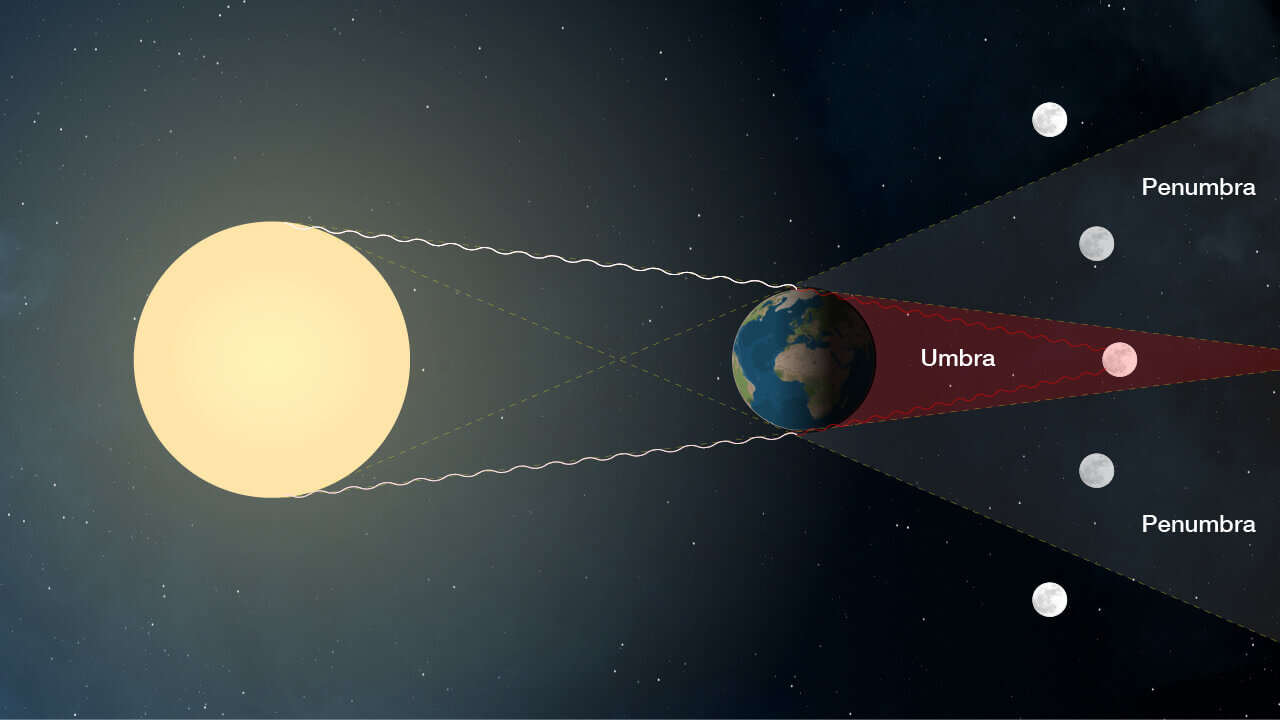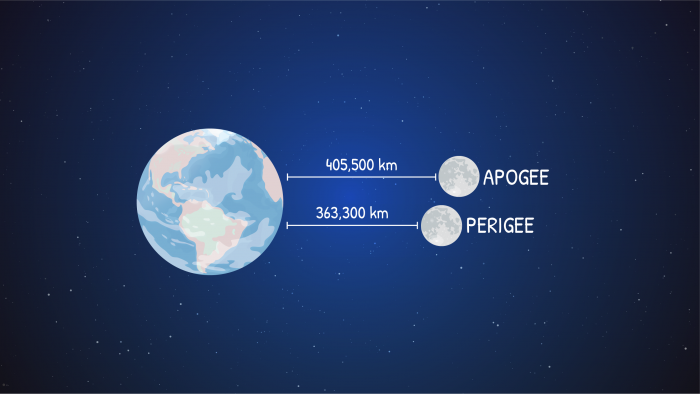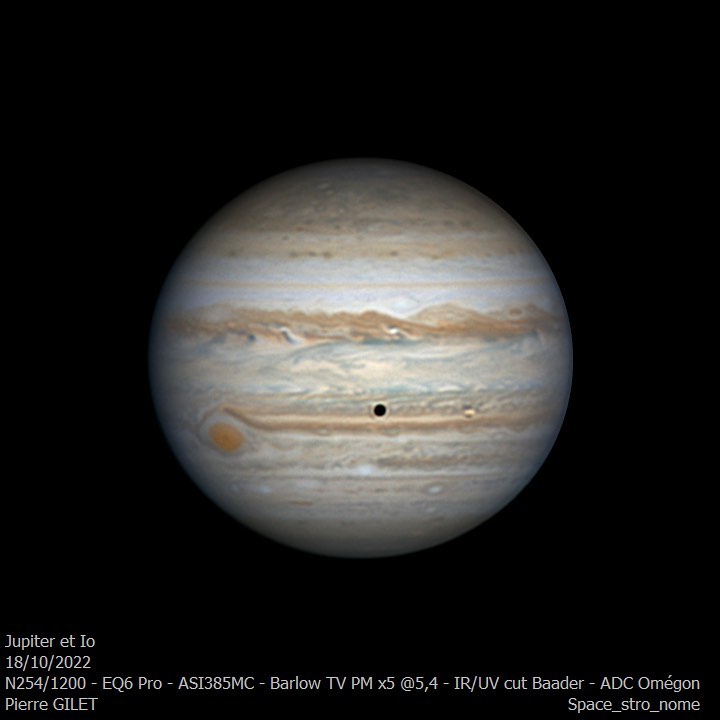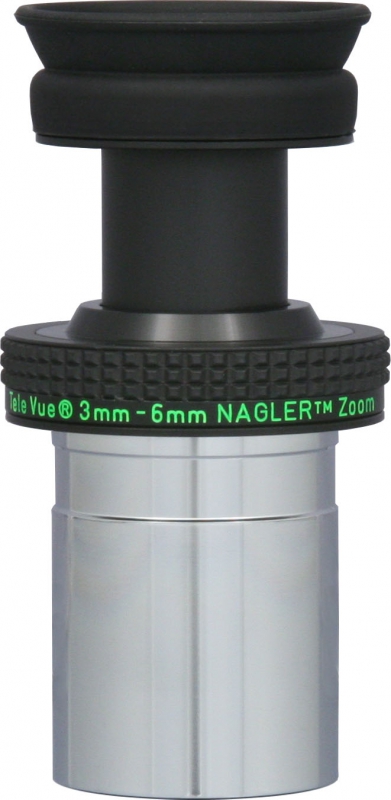2022: Year-End Events!

In the northern hemisphere, rapidly lengthening night at the expense of daylight is a clear reminder that the year is drawing to a close. However, 2022 still has some noteworthy astronomical events in its final two months.
Sun and Moon
Lunar Eclipse
On November 8th, there will be a total lunar eclipse when the Full Moon travels through the Earth’s shadow. First, it passes through the faint shadow of the Penumbra, then through the dense Umbra (see illustration below) where the darkened Moon can appear with reddish hues. This coloration has given rise in recent years to the phrase blood moon which is used to describe totality while in the Umbra. In reality, the reddish color comes from the sunlight that passes through Earth’s atmosphere at a low angle and gets refracted into the Umbra. In other words, it is the deep-red light we see during sunrise and sunset hitting the shadowed lunar disk.

This lunar eclipse is centered on the vast Pacific Ocean. The total phase will be visible from eastern North America to Central America through to northwestern South America. China, Japan, Eastern India, Southeast Asia, and areas down to Australia will also see totality. Totality will miss Scandinavia, Europe, the Arabian Peninsula, and Africa.
The most dramatic eclipse phases are when the Moon enters, resides in, and exits the Umbra. The diagram below maps the visibility of each phase of the eclipse to the geography of the Earth. For example, in the central dark area no eclipse is visible. In the white areas, on the extreme left and right of the diagram, all phases of the event are visible. Shaded regions indicate geographic visibility of phases. Phases begin and end at moonset (left of the dark zone) and moonrise (right of the dark zone). For example, the line “U3” that runs through Central America, the tip of Florida, the coast of the mid-Atlantic states, New England, and eastern Canada indicates that anyone on that line will not see the Moon exit the Umbral shadow because that phase happens at moonset. On the other side of the world, the same “U3” line that runs through India, Western China, Kazakhstan, and Russia indicates that anyone along that line will see the Moon exiting the Umbra at moonrise.

Eclipse Fireballs
As a bonus, look out for fireballs in the sky during the lunar eclipse on November 8th. Meteor researchers say that the normally languid Southern Taurid Meteor shower perks up periodically and produces a swarm of meteors and bright fireballs. (Since the Moon will not be bright enough to blot these out, you can look for fireballs nightly on either side of the November 5th peak). During the umbral (totality) phase of the November 8th lunar eclipse, the sky will darken enough to show dimmer meteors from the shower as well as the fireballs. But don’t forsake the Moon for the fireballs: Taurids may hit the Moon and produce a flash. You’ll want to make a video record of the Moon while observing it through a telescope to confirm the impact. For lunar impact detection software to analyze your video, see this article on the Sky & Telescope website. For more information on the Taurid shower and fireball predictions, see this page on the International Meteor Organization website.
Micromoon
The last “Micromoon” of the year, when the Moon becomes full near the point of its orbit furthest from Earth (Apogee), will be on December 7th (8th UTC). If you photographed a “Supermoon,” a Full Moon near its closest point to Earth (Perigee), earlier in the year (June 14, July 13, or August 12) this will be your last chance to take a comparison photo to show the size difference.

Planets

Oppositions
Planets in opposition are in the sky opposite the Sun when viewed from Earth. They rise at sunset and are in the sky all night. Around opposition, the planets are closest to Earth and at their brightest. This makes opposition an opportune time to view and image a planet. Note that only planets further away from the Sun than Earth can be in opposition (diagram right). Opposition season started in August with Saturn and continued in September with Neptune and Jupiter. After a break in October, we’ll see Uranus enter opposition on November 9th and Mars on December 8th.
Elongation
As an inner planet, Mercury will never be in opposition. It stays near the Sun and is often hidden by the solar glare. However, there are times when it is better placed for viewing. These are called “elongations.” December 21st finds the elusive planet Mercury a little over 20° east from the Sun at sundown. This is known as “greatest eastern elongation” and is a good time to view the planet. Beware: the bright magnitude -3.9 object that emerges in twilight that evening is actually Venus. It will appear closer to the Sun than Mercury. Mercury will be the dimmer, but still bright magnitude -0.45 that follows the path of Venus toward the Sun.
Images from the Recent Jupiter Opposition
The Jupiter Opposition in the last week of September had many imagers working the planet as Pierre Gilet did with his capture of Jupiter with Great Red Spot during the transit of the moon Io across the face of the planet (left below). This was also the best time to see details on the major Jovian moons. In Pierre’s image, below at right, contrasting topography and color is visible on the four major Jovian moons. Amazingly, this image was shot when the Earth was 591 million km from the targets! With diameters ranging from 3122 km for Europa to 5268 km for Ganymede, Earth’s Moon, at 3475 km in diameter, would be between Europa and Io in size. If our Moon was transported to the Jovian system it would appear very grey and boring to us compared to the other major moons.


Left: Jupiter and Io Transit on 18 October 2022 and Right: Galilean Moons of Jupiter. Both images by Instagram user Pierre Gilet. All rights reserved. Used by permission. Skywatcher 254mm / 1200 PDS Newtonian with Tele Vue 5x Powermate amplifier, Baader IR/UV cut filter, and Omegon Atmospheric Dispersion Corrector into ZWO ASI385MC camera all carried on EQ6-R Pro Mount.
Did you observe, sketch, or image with Tele Vue gear? We’ll like your social media post on that if you tag it #televue and the gear used. Example:
#televue #tv85 #ethos #jupiter
Do you want your Tele Vue images re-posted on Tele Vue Optics’ Social Media accounts? Use this hashtag for consideration:





